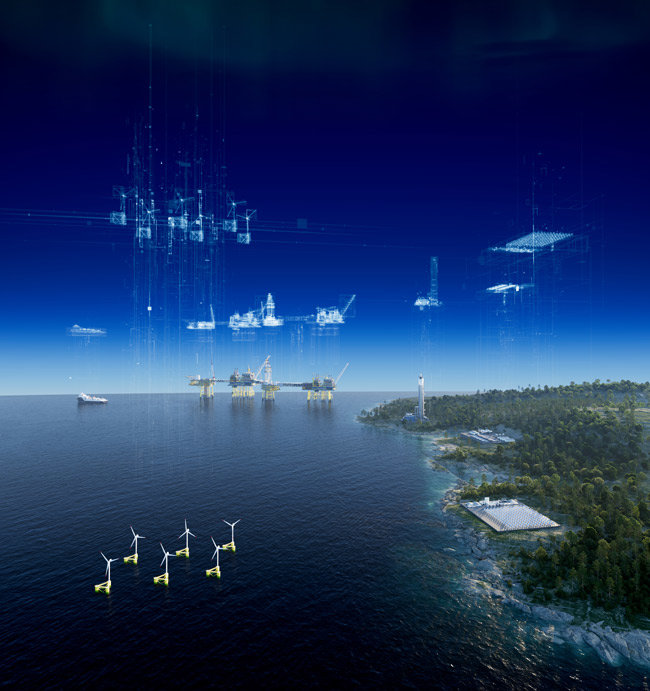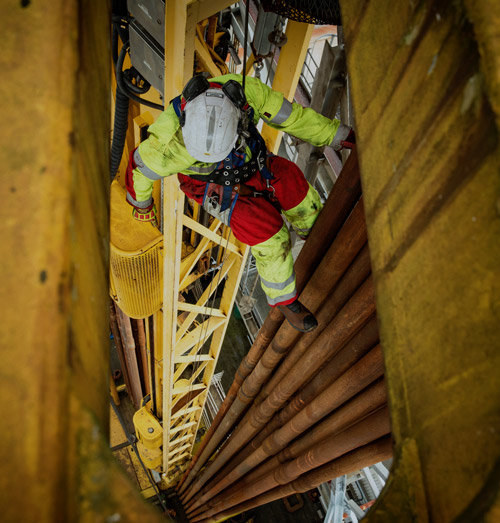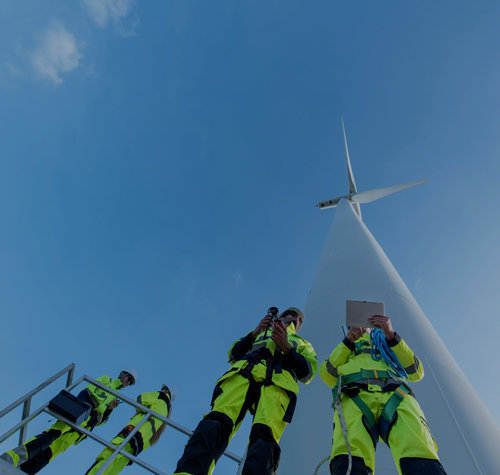INNOVATION THROUGH GENERATIONS
Advancing Industrial Excellence
1841
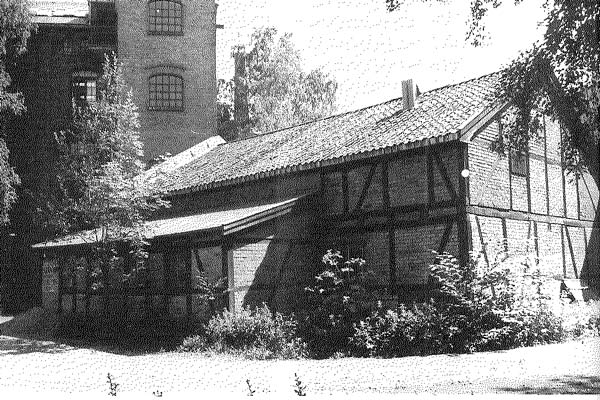
Akers Mekaniske Verksted (Aker) was established, marking the beginning of one of Norway's top industry giants. The original building still stands proudly by the Akerselva river in Oslo, Norway.
1853
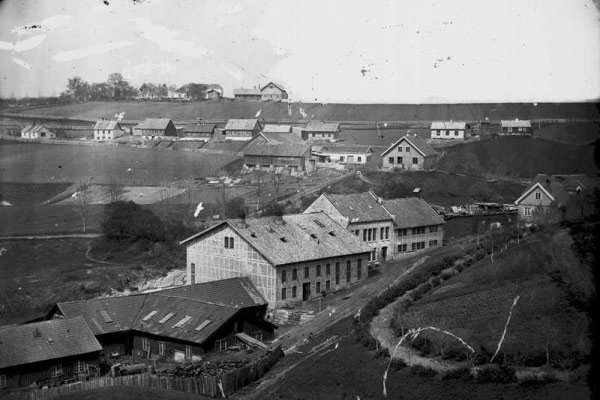
Kvaerner Brug was founded in Lodalen in Christiania (Oslo). In 2002, Kvaerner became a part of Aker.
1856
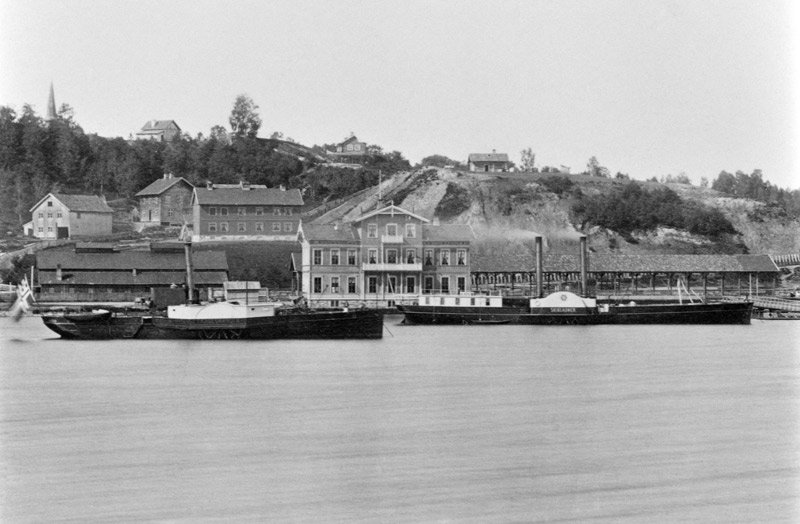
Aker's first ship, the steamship "Færdesmanden," marking Norway's first steamship.
1873
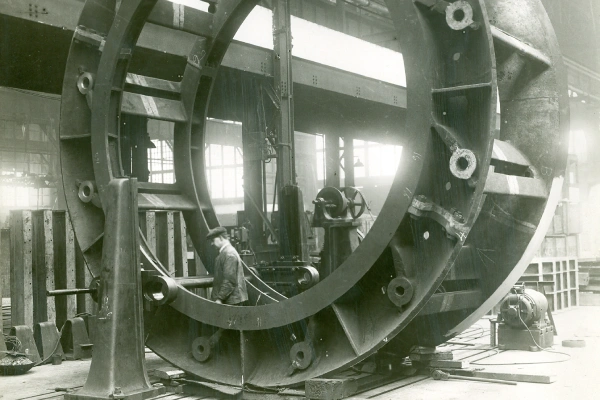
Kvaerner delivers its first hydroelectric turbine, marking the beginning of Norway's electrification.
1916
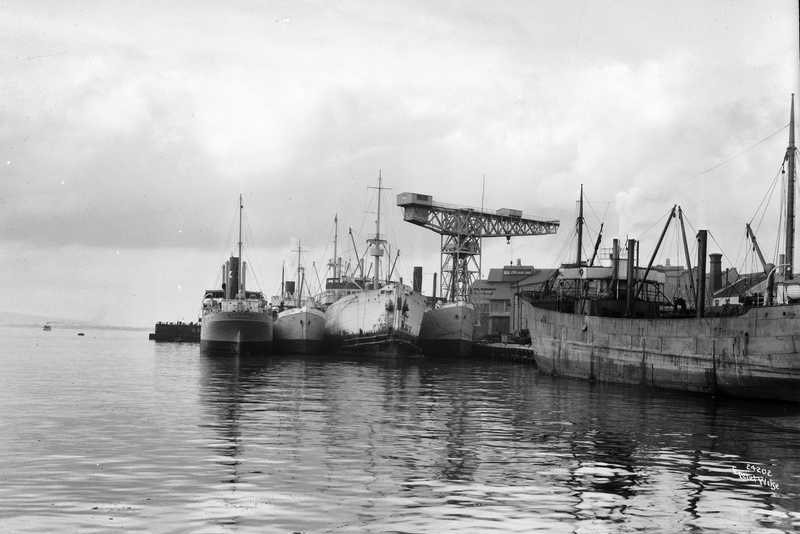
Fred. Olsen & Co became the main owner of Aker Mekaniske Verksted.
1956
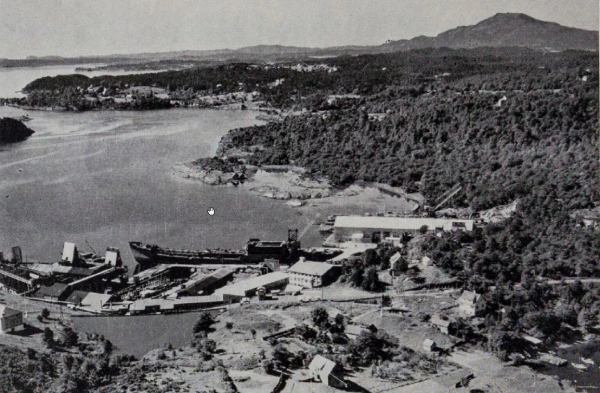
Aker expands by acquiring several shipbuilding companies.
1966
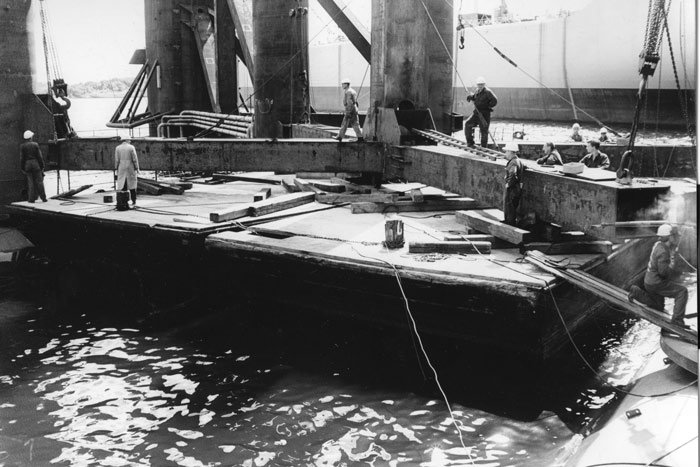
The oil adventure for Norway begins and Aker enters the oil industry as a supplier.
1969
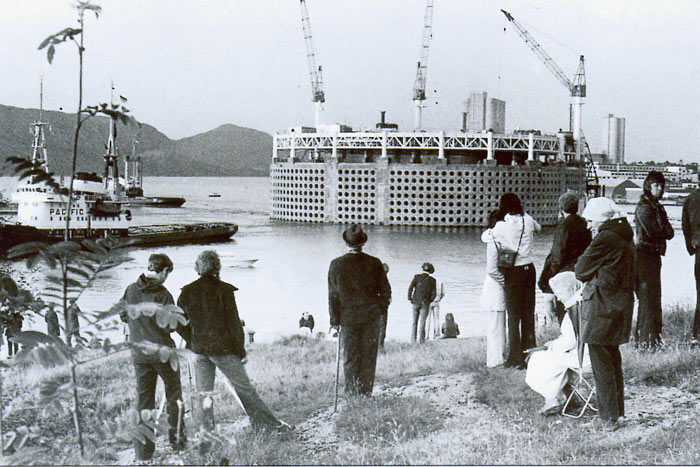
The Aker built "Ocean Viking" platform discovers Ekofisk, one of the largest offshore fields. The world’s first offshore concrete structure, the Ekofisk tank, built by Aker and delivered in 1973.
1987
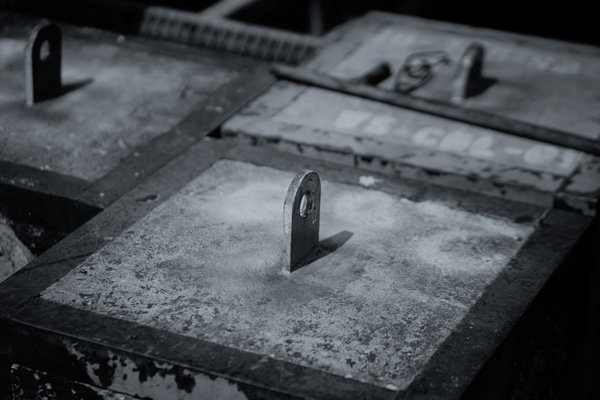
Aker merges with Norcem, a cement and construction materials group with offshore activities.
1996

Kjell Inge Røkke becomes Aker's main shareholder, driving its development.
2002
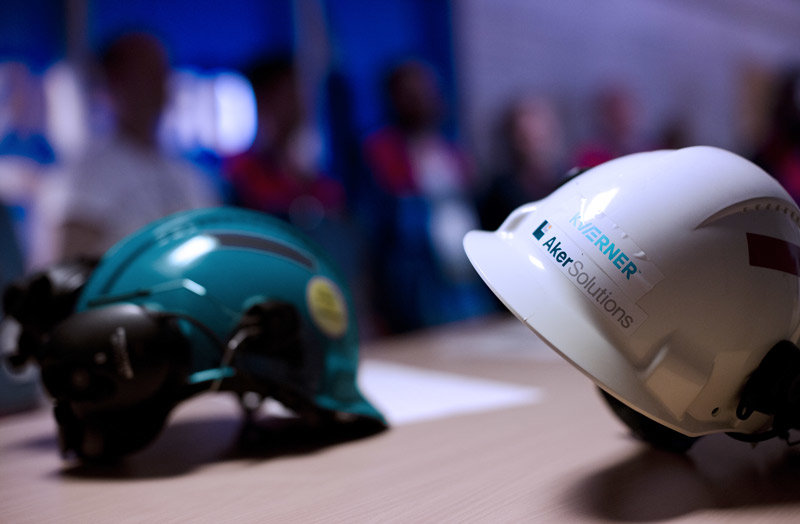
Aker Maritime and Kvaerner merge to form Aker Kværner, later becoming Aker Solutions.
2009
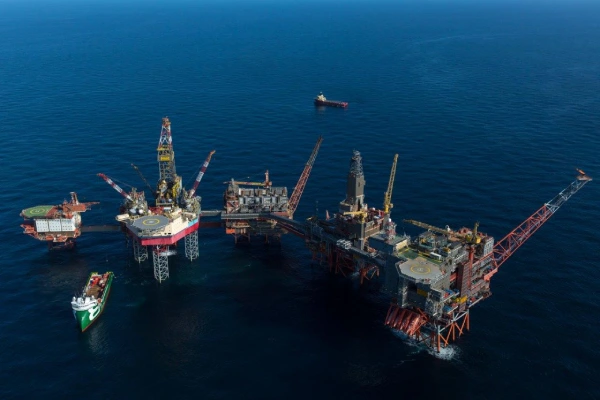
Aker Exploration and Det norske merge. In 2016, Aker and BP Norge joined forces to form Aker BP, a leading independent E&P company on the NCS.
2016
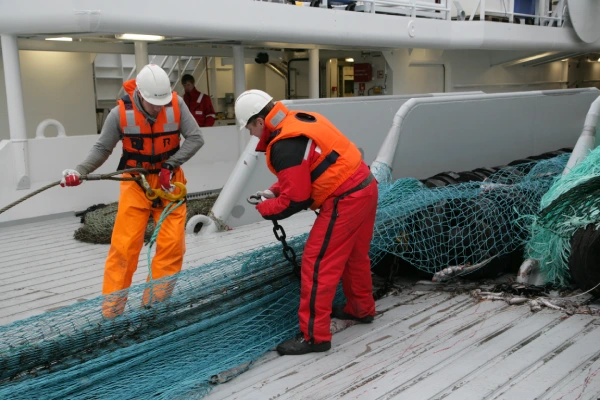
Aker sells Havfisk and Norway Seafoods to Lerøy, ending 20 years of Aker’s ownership in the seafood industry.
2017

Aker establishes the industrial software company, Cognite.
2022
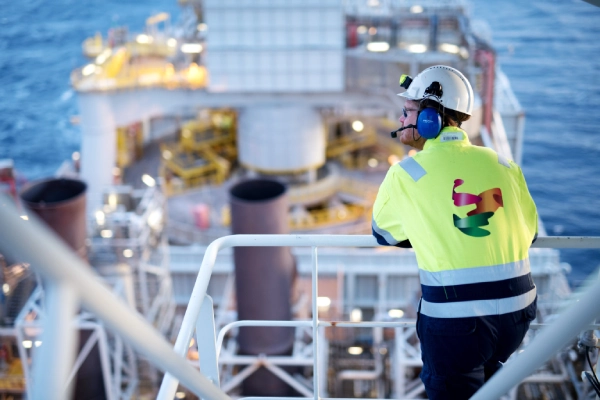
Aker BP merges with Lundin Energy’s oil and gas activities in Norway, becoming the largest listed E&P company on the NCS.

“Transformation is not a milestone — it’s a mindset and a survival strategy. Aker-Rex reminds us that to stay relevant, we must keep evolving.”
Aker-Rex: A Symbol of Evolution and Resilience
At Aker Tech House in Fornebu, Norway, visitors are greeted by a full-scale Tyrannosaurus Rex replica — Aker-Rex. It’s more than a visual statement; it’s a reminder that survival depends on the ability to adapt.
The extinction of the T-Rex teaches us that strength and power alone aren’t enough — survival depends on the ability to transform. At Aker, we take that lesson to heart. Evolution is not optional; it’s how we stay relevant — as individuals, as teams, and as a company.
Aker’s legacy is built on reinvention — from shipbuilding to offshore energy to digital transformation. But history alone doesn’t secure the future. Aker-Rex stands as a daily prompt: transformation is a mindset, not a milestone.
Aker-Rex is a life-size model of the “Tufts-Love rex,” nearly identical to the one at Oslo’s Natural History Museum. It connects past and future through science and storytelling — and is now part of our everyday environment at Aker Tech House.
In a world of rapid change, Aker-Rex is a call to action: evolve or become obsolete.



